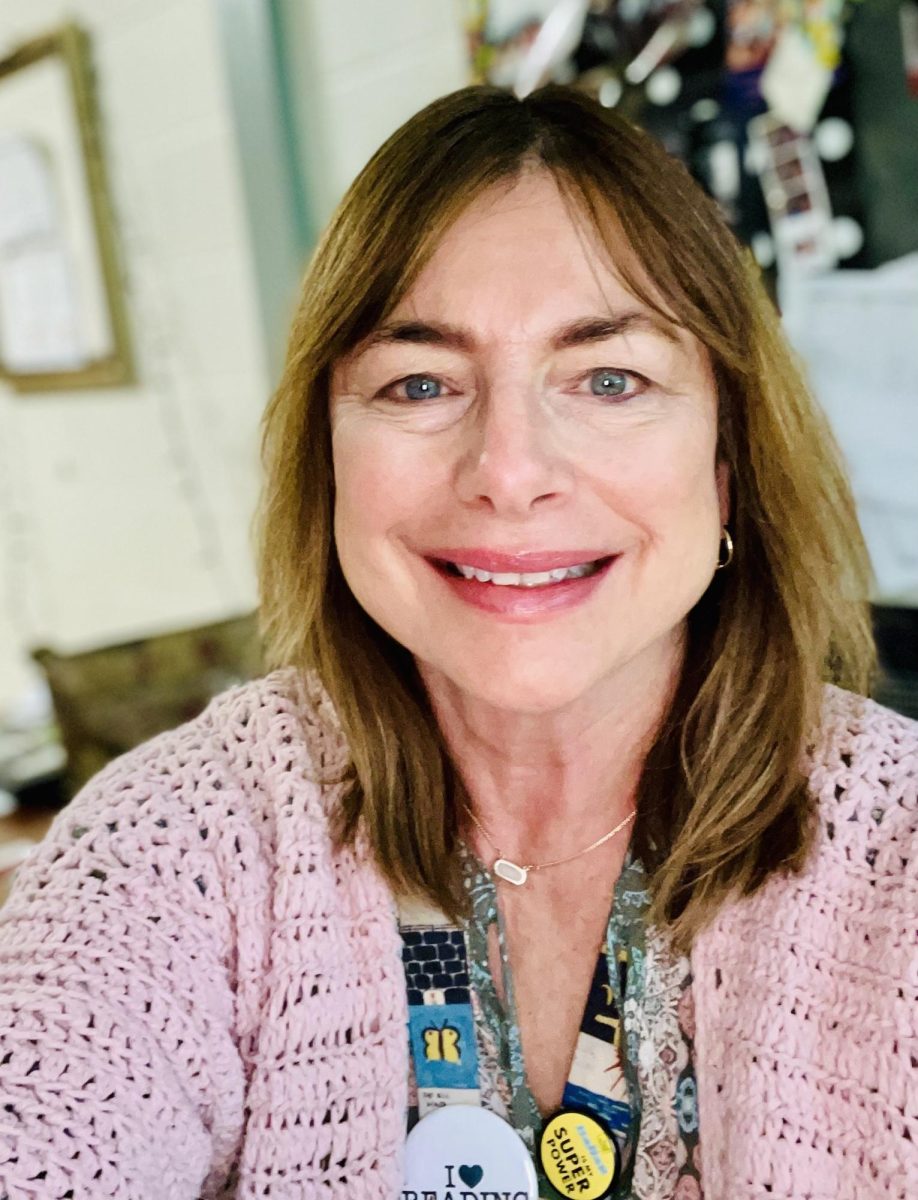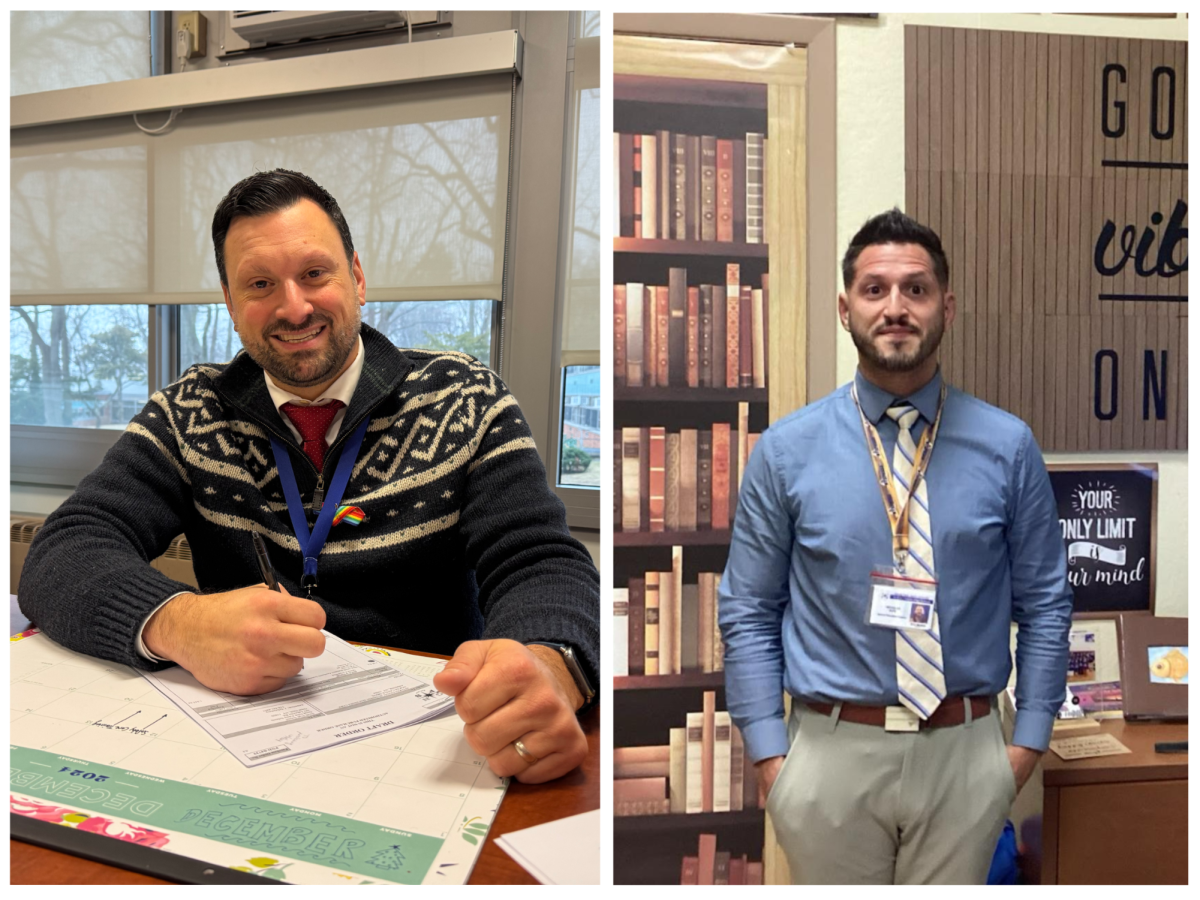
by Haley Raphael
Brrring. Students rush into the halls and scurry to their next classes like ants swarming a discarded piece of fruit. In the frenzy, it seems like an inevitable occurrence that at least one backpack will spill out its contents. A multitude of binders, pens, and loose paper somehow find their way onto the floor. Some try to help clean up the mess, and others create traffic trying to step over it. But starting next year, this situation may look drastically different.
Of course, the timeless backpack will, surely, still be present and subject to spills, but instead of binders, pens and papers being spilt, an iPad may fall instead. Starting next September, all incoming ninth and tenth graders will receive iPads from the district to help “improve the quality of education” for students at South.
Before the iPads are distributed, each student receiving one will have to sign an “iPad Acceptable Use Policy and Authorization Form.” Included in this contract are the guidelines students must follow, such as downloading only “educational, appropriate” content and using only “audio and video recordings or photographs for sanctioned school activities and projects.”
Also mentioned are the costs of “any damage, loss, or theft.” If any of these things occur, students will have to pay a certain amount, depending on the damage incurred. For example, the “cost to repair an iPad is approximately $144,” and a new iPad is $367 if lost. However, students will only be responsible for fifty percent of the cost of “the first instance of accidental damage or documented theft.”
Students will additionally be responsible for any accessories given out, which may include a case ($30), USB power adapter ($19), Apple USB cable ($19), stylus ($12), and keyboard ($56).
According to Mr. Marc Epstein, technology director for the school district, these changes are being made to “extend learning beyond the four walls of the classroom and time constraints of the school day because students will bring their iPad to school and home each day.”
“Depending on the structure of the class and the feelings of the teacher, students will be able to look information up during class” as well, said Principal Susan Elliott. She hopes that implementing the iPads will help facilitate curiosity and give teachers the opportunity to talk about things spontaneously as well as “transform students from listeners to active learners.” With the iPads, a student will be able to not only search for information on the Internet but also “take notes on and annotate texts.”
Already offered are learning opportunities for teachers, like “iPad University” by Mr. Damon Reader, school librarian, and “Tech Time” during staff meetings where teachers share how they have used technology.
Mr. Epstein still believes that “the most important facet of a classroom will always be the human element of a dedicated and talented teacher and the relationships he or she develops with his or her students,” but “Common Core and Instructional Technology are the two things that are changing instruction and learning in the classroom the most throughout the country.”
According to Mr. Epstein, the idea of a 1:1 program for our district has been in the works for many years. Originally, iPads were tested at the Village School because it was the most economical to provide iPads for the only fifty students enrolled. Next, it was piloted in South High’s TESL program and Facing History senior alternative class in addition to a few volunteer classrooms. Most recently, iPad carts have been made available to each department. Next year, incoming ninth and tenth graders will receive iPads from the school, and in two years, every student will have their own iPad. No decision has been haphazard, according to Mr. Epstein. Originally, Ms. Elliott said, “iPads were only going to be given to ninth graders because not giving it to them would be like going backwards,” since they used this piece of technology in middle school. However, there are many mixed ninth and tenth grade classes, and the district “had just enough to pay for both classes.”
Whereas the iPads were initially bought, they are leased now, “which helps keep costs down over time.”
Ultimately, the district anticipates that this iPad initiative will “enable an electronic learning management workflow for teachers to hand out assignments and students to submit assignments digitally so that we can go greener by using less paper, become more environmentally friendly, and save time and cost.” Mr. Epstein “personally hopes that the iPads become transparent, so commonplace, so regularly utilized, and so accepted as a learning and teaching tool that they will blend into the background of everyday classroom life.”






